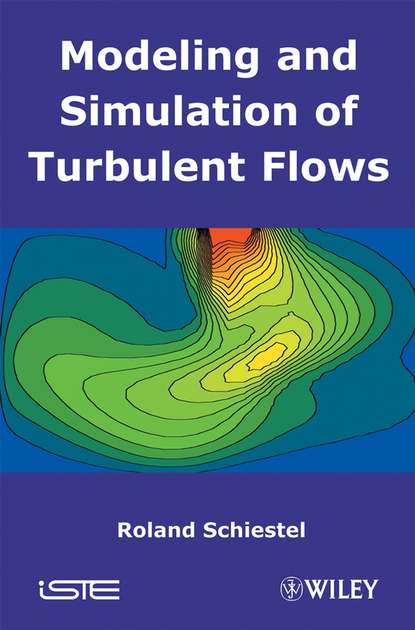Эта книга дает фундаментальные основы для разработки моделей турбулентности на рациональных принципах. Рассматриваются различные подходы, начиная от статистического моделирования разной степени сложности до численного моделирования турбулентности. У каждого из этих различных методов есть свои специфические достоинства и ограничения, которые, по-видимому, дополняют друг друга, а не конкурируют. После обсуждения базовых понятий, математических инструментов и методов замыкания, в книге рассматриваются модели второго порядка замыкания. Особое внимание уделяется этому подходу, поскольку он воплощает потенциал для прояснения многочисленных проблем в турбулентных потоках сдвига. Затем представлены более простые и, как правило, устаревшие модели как упрощенные версии более общих моделей второго порядка. Также рассматривается влияние дополнительных физических параметров. В заключение книга анализирует методы численного моделирования крупных вихрей. Учитывая всесторонний охват темы, те, кто занимается теоретическим или практическим изучением проблем турбулентности в жидкостях, найдут эту книгу полезной и информативной.
This monograph provides a solid background for a rational development of turbulence models. Different approaches, ranging from simple statistical models up to sophisticated numerical simulations of turbulent flows, are discussed. Each approach has specific strengths and weaknesses but might be complemented to mitigate their individual limitations. After introducing the basic notions, mathematical techniques and closure modeling, a prominent role is played by second-moment closure (2nd-order) models. This choice is motivated by their potential to resolve many open problems within turbulent shear flows (boundary layers) and because their simple structure helps understanding various applied problems. Model simplifications, classical models and extensions with additional physical parameters are treated afterwards. Lastly, a serious part of the book is devoted to Large Eddy Simulation strategies. With its wide ranging, systematic treatment, this book will both acquaint researchers with recent progress within the field, as well as serve as a practical guideline to overcome turbulence challenges in fluid mechanics research.
This book provides the suitable basis for developing rational turbulence models. Various methods to reach these goals are dissected ranging from intricate statistical modeling to numerically modeling turbulence effects. Sometimes these differences may seem to limit each other, but it can equally be seen as mutual supports. When any principals are presented, valid mathematical tools and explanations of closure are also provided. This book concentrates more on second-order closure models, as it helps immensely in defining many problems related to turbulent shear transformations. Shorter, usually older, models are also mentioned as simpler versions of more extensive second-order models. Also, the influences of extra physical variables are noticed. Finally, this book deduces from extensive large efdy numerical simulation techniques. Observing the sheer coverage of this book, anyone searching for substantial information on the theoretical and practical examination of fluid-related turbulence issues should immediately recognize that this is an important and useful reading material.
#научно-популярная литература
